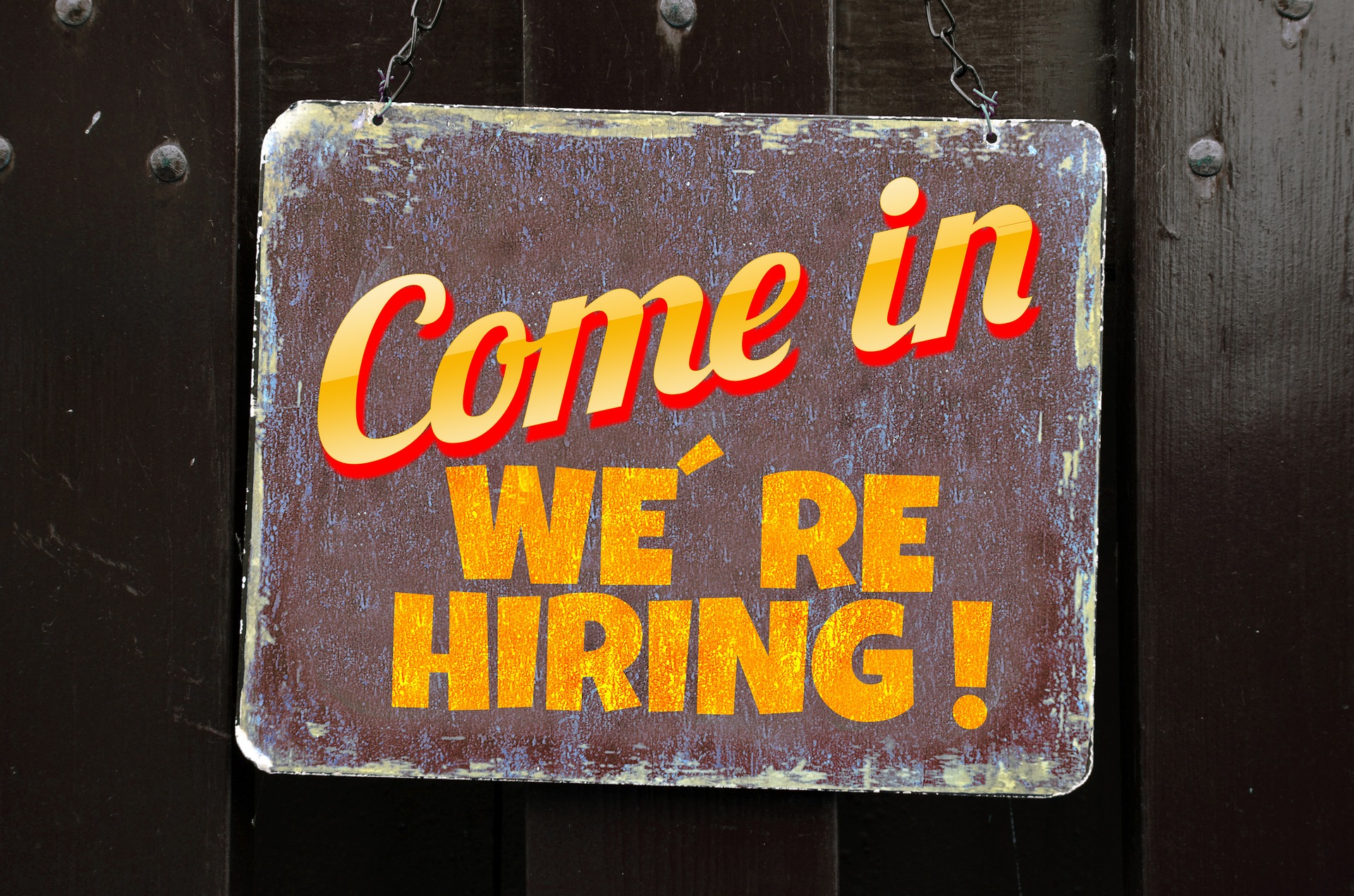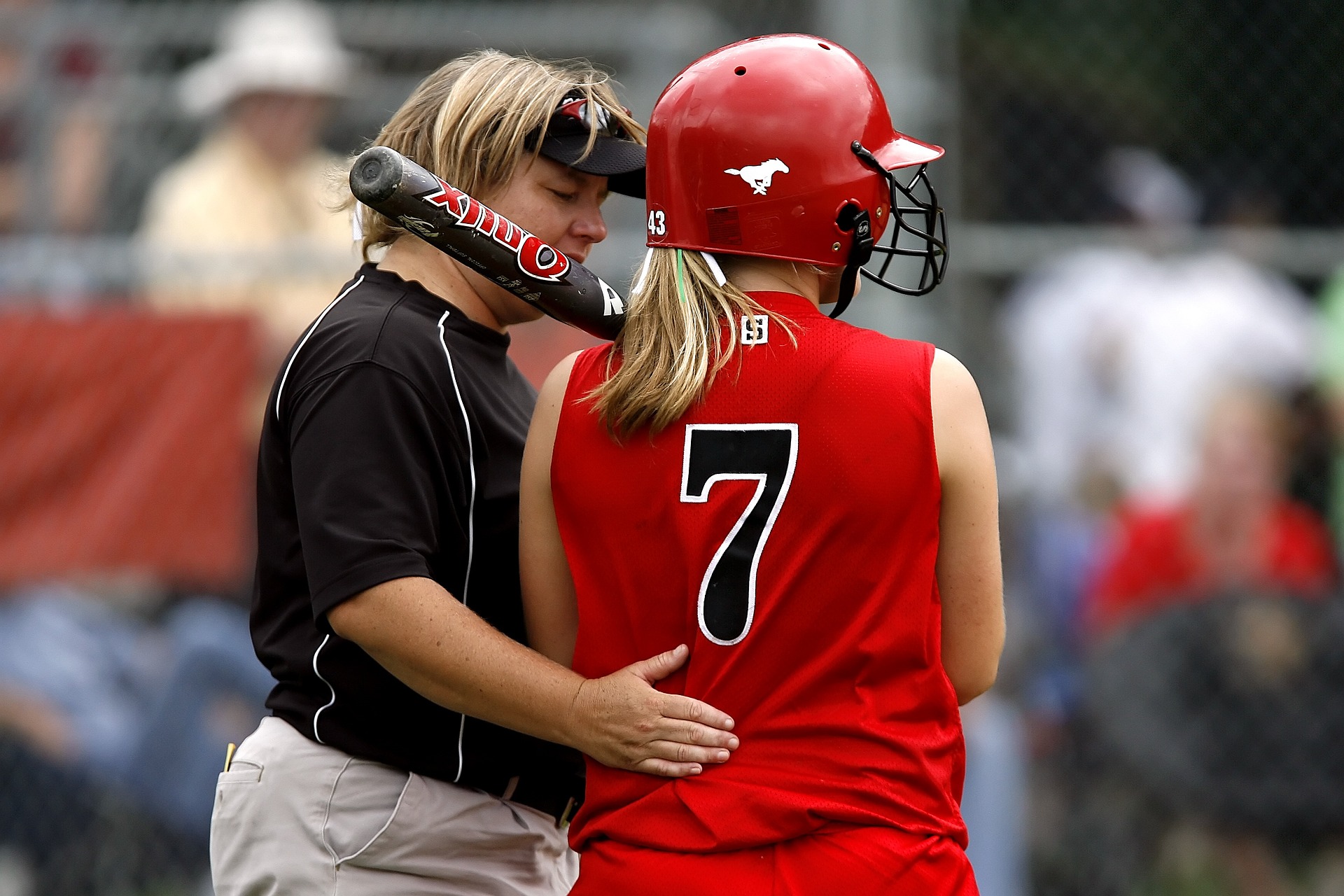For all its flaws, class-action litigation sometimes works. Yes, yes, already-wealthy plaintiffs’ lawyers are going to reap an as-yet unspecified windfall, probably tens of millions of dollars. And down the line there will be ugly disputes over which brain-damaged victims get precisely how much money. Still, the proposed settlement shows how grouping hundreds of lawsuits can force a deep-pocketed corporate defendant to realize that doing the right thing is the financially smart thing, as well.
Paul Swangard, managing director of the Warsaw Sports Marketing Center at theUniversity of Oregon, told our cousins at Bloomberg News that the settlement makes sense for the NFL because the league takes in nearly $10 billion in annual revenue and will make payouts over 20 years. “It’s a win-win in that it provides immediate relief to those who have suffered and played in an era where it appeared they were much more susceptible to this type of injury,” he said. “It puts money where it needs to go.” Without the courtroom pressure, the NFL wouldn’t have acted as swiftly or dramatically.
On the other hand, the settlement obscures hard truths. The adversarial system, in theory, unearths misconduct: Incriminating documents are disclosed, recalcitrant witnesses cross-examined. Legal compromise, in contrast, leaves buried secrets safely entombed. The plaintiffs in this case accused the NFL of seeking to suppress medical research linking on-field collisions to crippling and fatal illnesses. If it happened, that’s some seriously evil behavior. Now we won’t get a definitive answer.





